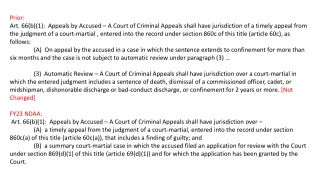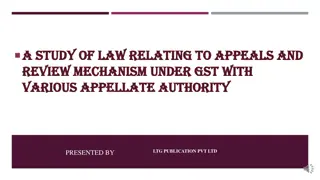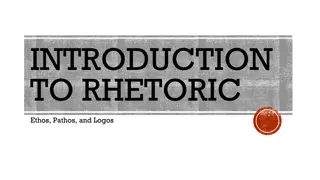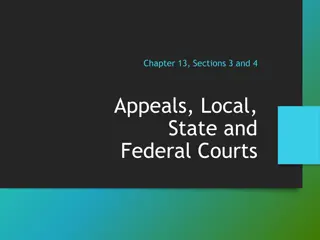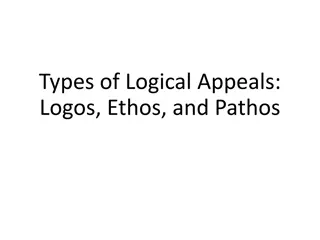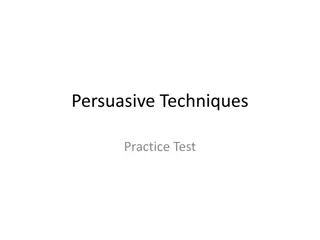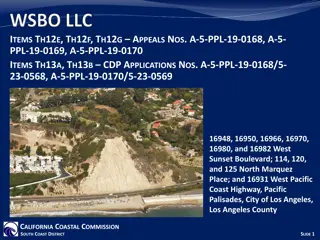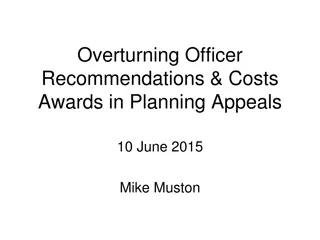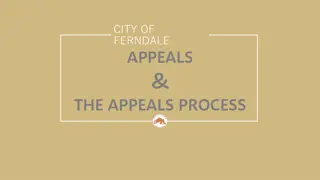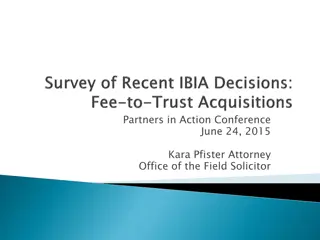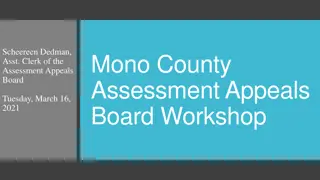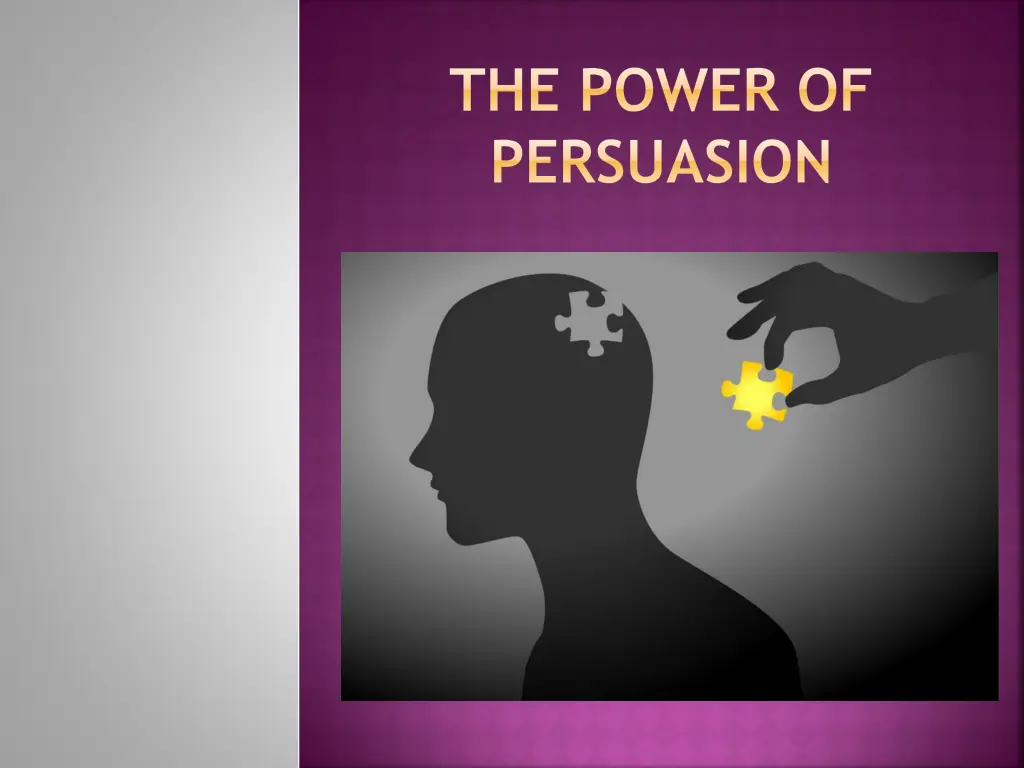
Harnessing the Power of Persuasion in Writing
Explore the art of persuasive writing and the impact of bias in conveying a message effectively. Learn about ethos, pathos, and logos strategies, as well as tips on convincing others through emotional and logical appeals. Discover how to leverage different techniques to sway opinions and make a compelling argument in your writing.
Download Presentation

Please find below an Image/Link to download the presentation.
The content on the website is provided AS IS for your information and personal use only. It may not be sold, licensed, or shared on other websites without obtaining consent from the author. If you encounter any issues during the download, it is possible that the publisher has removed the file from their server.
You are allowed to download the files provided on this website for personal or commercial use, subject to the condition that they are used lawfully. All files are the property of their respective owners.
The content on the website is provided AS IS for your information and personal use only. It may not be sold, licensed, or shared on other websites without obtaining consent from the author.
E N D
Presentation Transcript
THE POWER OF PERSUASION
PERSUASIVE WRITING: AUTHOR S PURPOSE Persuasive writers have an agenda (motive). Possible agendas: Sell a product such as a new cell phone. Convince audience to change their views. Persuade audience to take some sort of important action such as donating to a special cause. Persuasive writers are biased. 2 Persuasive 8
BIAS: ADD TO NOTES A prejudice; you can t trust information from a biased source. 3 Persuasive 8
ALL PERSUASIVE WRITING IS BIASED! 4 Persuasive 8
APPEALS Ethos Pathos Logos 6 Persuasive 8
MINI-LESSON:THREE AGE-OLD STRATEGIES: According to ancient Greek philosopher, Aristotle, persuasive writing needs: Ethos (character): appeal to reader s sense of right and wrong. Also, establish that you are trustworthy and of sound character (credibility/ethics/morals). Pathos (emotional): appeal to reader s emotions. Logos (reason): appeal to reader s logic (numbers/statistics/reasoning). 7 Persuasive 8
APPEALS SUMMARY Pathos (emotional): Make them pity Make them laugh Make them fear Transfer Testimonial Bandwagon Logos (logical): Facts Figures Statistics Examples Ethos (ethical) Sense of right and wrong Establish trust 8 Persuasive 8
THINK PAIR SHARE Convince me to do away with a seating chart. Make three points using the following strategies: Ethos: appeal to my sense of fairness and/or gain my trust. Pathos: appeal to my emotions. Logos: appeal to my sense of reason. 9 Persuasive 8
THINK PAIR SHARE Convince me to not use the phone station holder. Make three points using the following strategies: Ethos: appeal to my sense of fairness. and/or gain my trust. Pathos: appeal to my emotions. Logos: appeal to my sense of reason. 10 Persuasive 8
LETTER TO PARENT Pick an issue that you have with your parent or guardian (curfew, gaming time limits, phone use, driving, etc.). Write a letter using all of the following types of appeal. Ethos: appeal to sense of fairness gain trust. Pathos: appeal to emotions. Logos: appeal to sense of reason. Parents will read and evaluate letter. 11 Persuasive 8
CLAIM: Reason 1 (pathos): Reason 2 (logos) : Reason 3 (ethos): Counterargument/ rebuttal: Discuss opposing claims and refute them! 12 Persuasive 8

